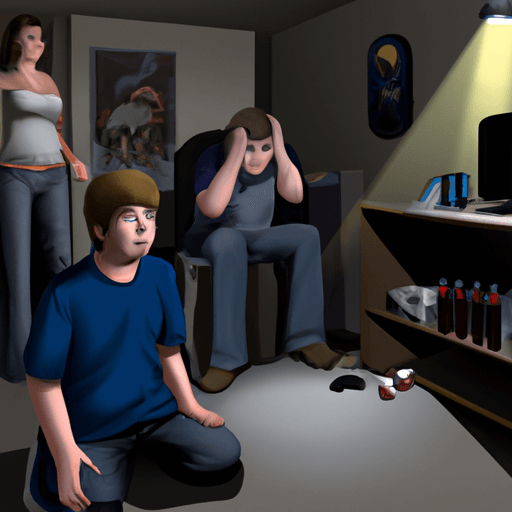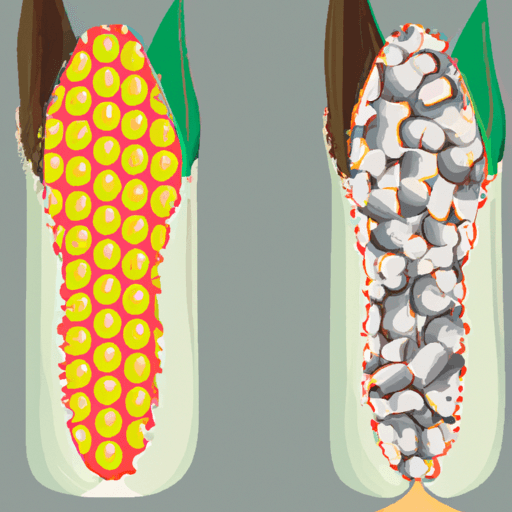The Impact of Urbanization on Mental Health
As societies continue to evolve, an overwhelmingly rapid pace of urbanization is seen in many parts of the world. This dynamic shift from rural to urban living brings a host of opportunities and developments, but also comes accompanied by its own set of challenges. One area affected by this shift that is not as widely discussed as it should be is mental health.
Stressors in Urban Areas and their Impact on Mental Health
Urbanization introduces stressors ranging from high pollution levels to overcrowding, and these can have serious implications for mental health. Exposure to these stressors can be distressing, leading to increasing levels of stress and anxiety. Moreover, the fast-paced life commonly seen in urban areas can further exacerbate these issues.
Prevalent Mental Health Issues
Depression, anxiety, and stress-related disorders are more prevalent in urban areas compared to rural and lesser urban regions. Life in the city typically involves higher degrees of stress due to factors like fast-paced lifestyles, competition, and isolation. These circumstances can play a significant role in the development of such mental health problems.
Demographics Most Affected
Interestingly, the demographics most affected by the mental health implications of urbanization are young adults and the elderly. Young adults often face challenges related to adapting to the new lifestyle and coping with the competitive urban life. In contrast, the elderly may find it challenging to navigate the rapid changes their environment undergoes due to urbanization.
Addressing the Mental Health Impact of Urbanization
While the challenges posed by urbanization on mental health are clear, there are steps that can be taken to mitigate these implications. Enhancing access to mental health support, encouraging community engagement, and implementing urban design that promotes physical activity and connection with nature are just a few possible solutions.
Urbanization vs. Rural Living: A Mental Health Perspective
One clear comparison between urban and rural areas is the availability of open spaces and nature. Rural residents have better access to a tranquil environment that can alleviate the pressures of life. Urban dwellers, on the other hand, often lack such access, contributing to the higher incidences of stress and related mental disorders. This disparity emphasizes the need for a balanced approach to urban design that incorporates elements of nature and open spaces.
Conclusion
There's no denying that urbanization has brought numerous benefits from a development perspective. However, its unchecked progress has created serious implications for mental health. It's critical to inspire a conversation about the mental health aspect of urban life to ensure that a balance is found between rapid urban growth and a healthy, sustainable lifestyle.



















Comments
Leave a Comment